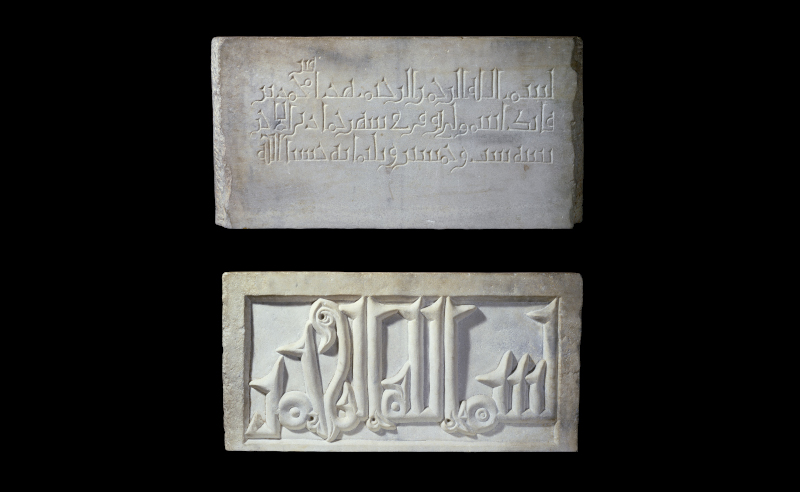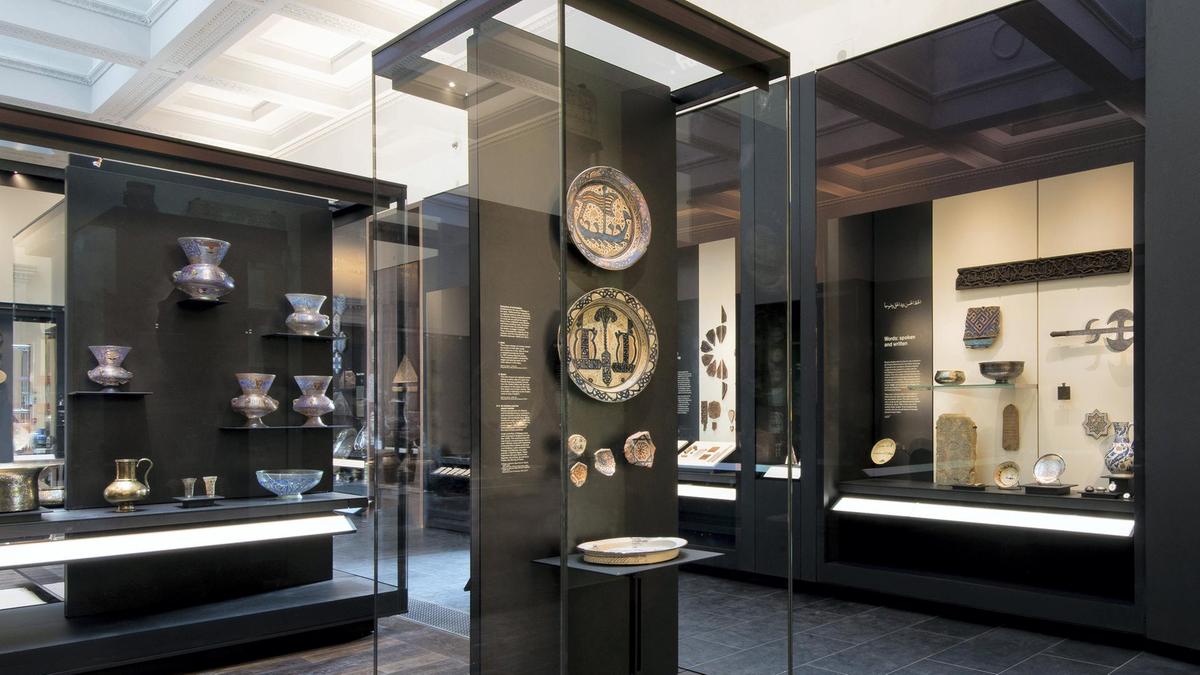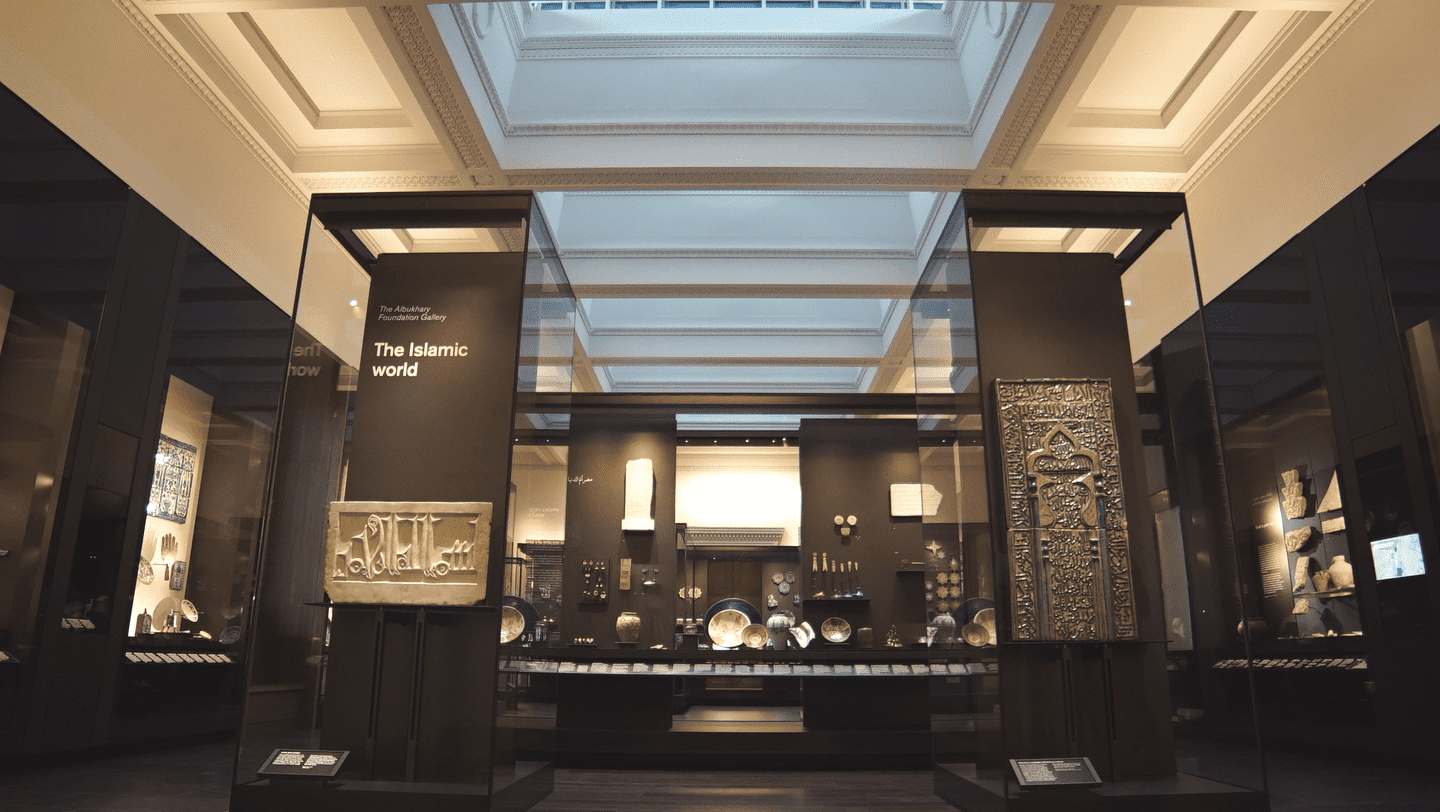The Albukhary Foundation Gallery of the Islamic World: British Museum
/Rooms 42 and 43 of the British Museum have been transformed to house a world class gallery collection of art and artefacts that represent the Islamic world- The Albukhary Foundation Gallery.
The British Museum’s Islamic collection comprises a broad and diverse spectrum of the material culture produced from the seventh century to the present day in the Islamic world, a series of regions stretching from West Africa to Southeast Asia. From archaeological material to contemporary art, from the paintings and vessels made for royal patrons to the evocative objects of daily life, this new Gallery brings together the stories of interconnected worlds across time and geography.
Showcasing the Museum’s diverse and world-class collection of Islamic objects, this beautiful new gallery explores the cultural significance, breadth and impact of the Islamic world. On display are stunning works of art alongside objects of everyday life, including musical instruments, games, ceramics and traditional dress.
These objects represent an area stretching from West Africa to Southeast Asia, from the 7th century to the present day. Together they celebrate the peoples of the Islamic world and explore the ideas, technologies and interactions that shaped their culture.
The Albukhary Foundation is a non-profit organisation based in Malaysia with an international presence. For the past forty years, it has been promoting goodwill through education and cultural heritage. The Foundation’s many initiatives have been guided by the values of compassion, tolerance, and coexistence with the objective of helping to shape a more equitable and tolerant world, In improving the lives of less privileged communities, the Foundation has spearheaded extensive humanitarian projects, widening educational opportunities, as well as promoting scholarship amongst Muslims and non-Muslims alike.
Star tiles made of painted stonepaste with an opaque glaze. Iran, probably Kashan, AD 1266-67
The Albukhary Foundation’s key role on the cultural front is reflected in its establishment of, and ceaseless support for, the Islamic Arts Museum Malaysia. An esteemed cultural institution in the heart of Kuala Lumpur, the museum is now the largest in Asia Pacific dedicated to the arts, culture and heritage of the Islamic world.
Success in Malaysia has spurred the Foundation to expand its remit further. Besides its unwavering commitment to the areas of education, social welfare and religion, the intent to bridge further understanding between cultures and faiths also makes up much of the Albukhary Foundation’s international activity. This initiative continues in the Albukhary Foundation Gallery of the Islamic World.
Gilded and enamelled glass lamp, Egypt or Syria, 1330-1345
Astrolabe, made of brass inlaid with silver and copper. Probably southeast Turkey northern Iraq or Syria AD 1240/1
The Hamzanama, Elias and Prince Nur ad-Dahr, ink and opaque watercolour on cloth, Mughal style, India, 1564-1579
Uzbek woman’s ikat coat made of cotton and silk. Uzbekistan, 1870s-1920s
Ottoman dynasty Iznik basin pade of painted and glazed stonepaste. Isnik, Turkey, 1545-1550
Early kufic script inscribed on marble. Egypt, AD 967
Sudanese Iyre made of wood, skin, glass, cowrie shells, metal and animal gut. Sudan, late 1800s












